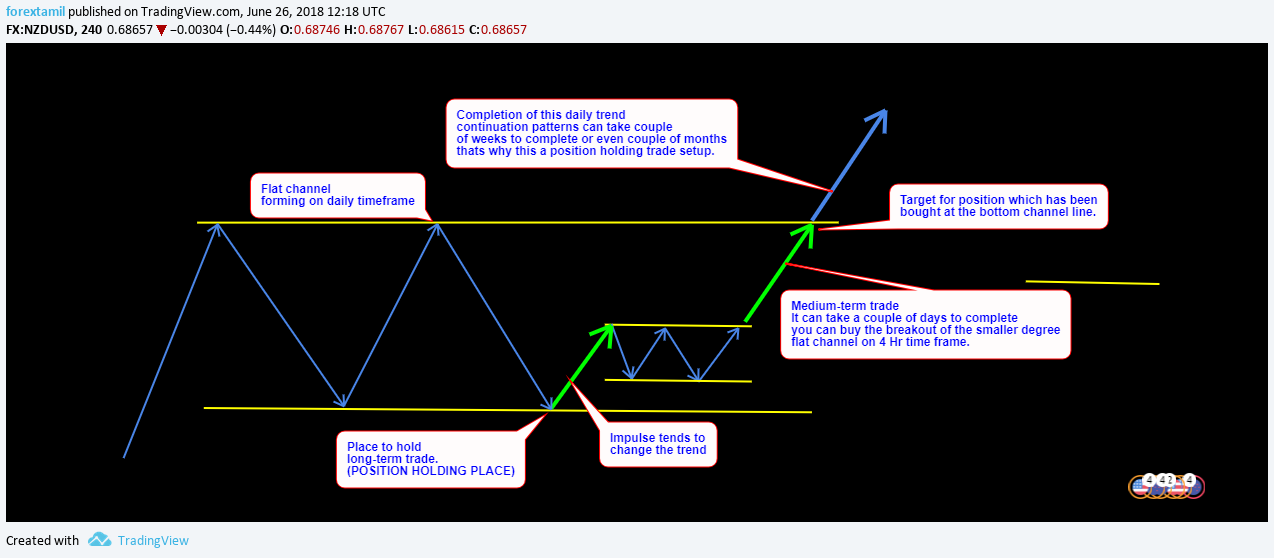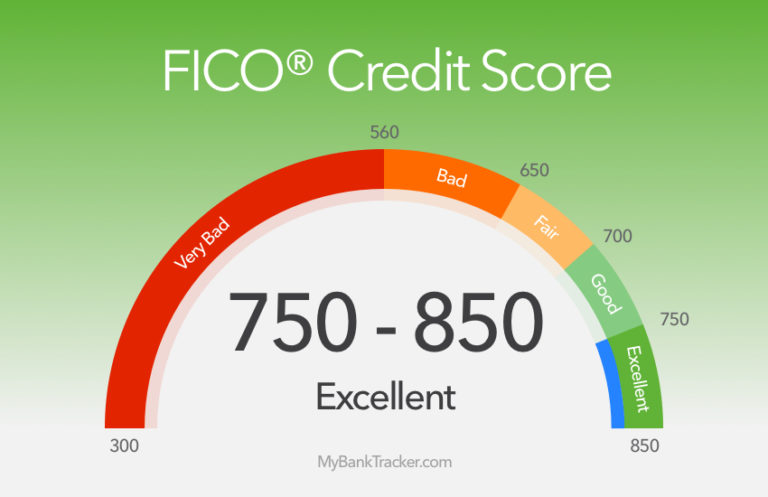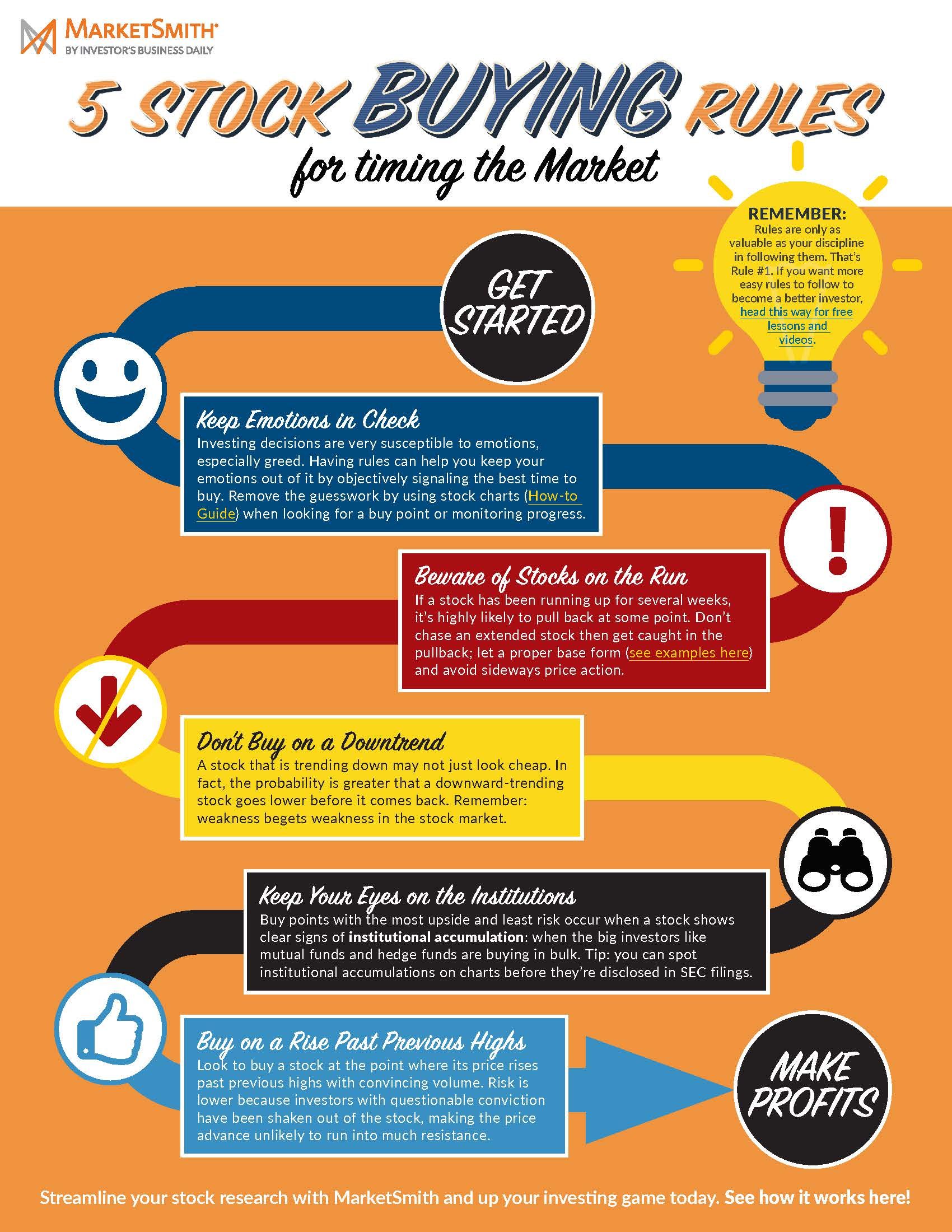
If you are wondering how to be successful in forex trading, then you've come to the right place. This article will show you what it takes to be successful in forex trading. It will also provide the Skills and Techniques required to succeed. It is crucial to determine your trading strategy in order to be successful. This article will help find the right strategy for you. You can stay on track and make consistently good money by creating a trading strategy.
Lessons learned
Trader's ultimate goal is to profit. But sometimes, the market doesn't favor them. It is crucial to be able to decide when to close a trade and when you should enter another. Learning to cut your losses is an essential skill, but it is not an easy one. It is risky to cut your losses. You could lose a lot of money that you cannot afford. Luckily, there are ways to learn from your mistakes and improve your trading skills.

You need the skills to succeed
The ability to concentrate is one of the most important skills for forex trading success. Successful forex traders set a clear goal and use both technical and fundamental analysis to reach that goal. Trader success depends on the ability to gather relevant data and sharpen their analytical skills. This will allow them not to make mistakes, be better informed about the market and increase their efficiency and effectiveness in trading. Also, traders who are successful understand the psychology and art of trading. This will make traders more capable of dealing with stressors related to forex trading.
Techniques for success
Forex trading is only possible if you have a strategy that works. An ineffective strategy is not possible. A strategy must be developed that can work in any market and generate large profits. Investing in a reputable broker is an excellent way to reduce your risk. It increases your winning chance by letting your trades go through different strategies before committing your money. Trading should be treated as a business. To avoid losses, it is important to always stay in the profit zone.
Identifying a trading strategy
There are many strategies for forex trading. It is important to choose the strategy that suits your trading style. Trend following is one strategy that focuses on following the main trends within an instrument. This strategy is based on spotting a trend and cutting losses when the trend is reversing. This strategy is not for everyone. You need to choose the best strategy for you, taking into consideration your time, risk tolerance, and personality. These are the most popular trading strategies with their associated risks.
Setting realistic and quantifiable goals
The trading goal must be clear and specific. Without it, the trader is not likely to be successful. He cannot expect to make millions of dollars from a $1,000 investment. He should choose a more reasonable goal, such as earning 15% annual growth, making $10,000 per year, or gaining 200 pips per month. It must be both long-term and measurable. This will help trader remain motivated and focused.

Managing risk
To be successful in forex trading, it is important to manage risk. It is important to establish stop losses, calculate the optimal position size, and manage your emotions. The difference between a profitable trading day and a losing one is how risk management is managed. To manage forex risk effectively, you must first determine your tolerance for risk. This is especially important when trading on currency pairs that are the most volatile. Liquidity also has an impact on risk management, and you should consider this before entering a position.
FAQ
What can I do to increase my wealth?
It's important to know exactly what you intend to do. You can't expect to make money if you don’t know what you want.
Additionally, it is crucial to ensure that you generate income from multiple sources. You can always find another source of income if one fails.
Money does not just appear by chance. It takes planning and hardwork. Plan ahead to reap the benefits later.
What investments should a beginner invest in?
The best way to start investing for beginners is to invest in yourself. They should learn how to manage money properly. Learn how retirement planning works. How to budget. Learn how to research stocks. Learn how financial statements can be read. Learn how you can avoid being scammed. How to make informed decisions Learn how you can diversify. Learn how to protect against inflation. Learn how you can live within your means. Learn how wisely to invest. Have fun while learning how to invest wisely. You'll be amazed at how much you can achieve when you manage your finances.
Is it really a good idea to invest in gold
Since ancient times, the gold coin has been popular. And throughout history, it has held its value well.
As with all commodities, gold prices change over time. When the price goes up, you will see a profit. You will lose if the price falls.
It doesn't matter if you choose to invest in gold, it all comes down to timing.
What types of investments do you have?
There are many types of investments today.
These are some of the most well-known:
-
Stocks – Shares of a company which trades publicly on an exchange.
-
Bonds - A loan between two parties secured against the borrower's future earnings.
-
Real Estate - Property not owned by the owner.
-
Options – Contracts allow the buyer to choose between buying shares at a fixed rate and purchasing them within a time frame.
-
Commodities-Resources such as oil and gold or silver.
-
Precious Metals - Gold and silver, platinum, and Palladium.
-
Foreign currencies – Currencies not included in the U.S. dollar
-
Cash - Money deposited in banks.
-
Treasury bills - The government issues short-term debt.
-
Businesses issue commercial paper as debt.
-
Mortgages - Loans made by financial institutions to individuals.
-
Mutual Funds – Investment vehicles that pool money from investors to distribute it among different securities.
-
ETFs are exchange-traded mutual funds. However, ETFs don't charge sales commissions.
-
Index funds - An investment fund that tracks the performance of a particular market sector or group of sectors.
-
Leverage is the use of borrowed money in order to boost returns.
-
Exchange Traded Funds (ETFs) - Exchange-traded funds are a type of mutual fund that trades on an exchange just like any other security.
The best thing about these funds is they offer diversification benefits.
Diversification refers to the ability to invest in more than one type of asset.
This helps to protect you from losing an investment.
How can I invest wisely?
An investment plan is essential. It is essential to know the purpose of your investment and how much you can make back.
It is important to consider both the risks and the timeframe in which you wish to accomplish this.
You will then be able determine if the investment is right.
Once you have chosen an investment strategy, it is important to follow it.
It is better not to invest anything you cannot afford.
At what age should you start investing?
An average person saves $2,000 each year for retirement. But, it's possible to save early enough to have enough money to enjoy a comfortable retirement. If you don't start now, you might not have enough when you retire.
You must save as much while you work, and continue saving when you stop working.
The earlier you begin, the sooner your goals will be achieved.
If you are starting to save, it is a good idea to set aside 10% of each paycheck or bonus. You might also be able to invest in employer-based programs like 401(k).
Contribute only enough to cover your daily expenses. After that, you can increase your contribution amount.
What type of investment is most likely to yield the highest returns?
The answer is not what you think. It all depends upon how much risk your willing to take. If you put $1000 down today and anticipate a 10% annual return, you'd have $1100 in one year. Instead, you could invest $100,000 today and expect a 20% annual return, which is extremely risky. You would then have $200,000 in five years.
The return on investment is generally higher than the risk.
Investing in low-risk investments like CDs and bank accounts is the best option.
This will most likely lead to lower returns.
However, high-risk investments may lead to significant gains.
A stock portfolio could yield a 100 percent return if all of your savings are invested in it. It also means that you could lose everything if your stock market crashes.
So, which is better?
It all depends on your goals.
For example, if you plan to retire in 30 years and need to save up for retirement, it makes sense to put away some money now so you don't run out of money later.
However, if you are looking to accumulate wealth over time, high-risk investments might be more beneficial as they will help you achieve your long-term goals quicker.
Remember: Higher potential rewards often come with higher risk investments.
But there's no guarantee that you'll be able to achieve those rewards.
Statistics
- According to the Federal Reserve of St. Louis, only about half of millennials (those born from 1981-1996) are invested in the stock market. (schwab.com)
- 0.25% management fee $0 $500 Free career counseling plus loan discounts with a qualifying deposit Up to 1 year of free management with a qualifying deposit Get a $50 customer bonus when you fund your first taxable Investment Account (nerdwallet.com)
- If your stock drops 10% below its purchase price, you have the opportunity to sell that stock to someone else and still retain 90% of your risk capital. (investopedia.com)
- As a general rule of thumb, you want to aim to invest a total of 10% to 15% of your income each year for retirement — your employer match counts toward that goal. (nerdwallet.com)
External Links
How To
How to invest stock
Investing has become a very popular way to make a living. This is also a great way to earn passive income, without having to work too hard. There are many options available if you have the capital to start investing. There are many opportunities available. All you have to do is look where the best places to start looking and then follow those directions. This article will help you get started investing in the stock exchange.
Stocks can be described as shares in the ownership of companies. There are two types, common stocks and preferable stocks. The public trades preferred stocks while the common stock is traded. Stock exchanges trade shares of public companies. They are valued based on the company's current earnings and future prospects. Stocks are bought by investors to make profits. This is called speculation.
There are three steps to buying stock. First, you must decide whether to invest in individual stocks or mutual fund shares. The second step is to choose the right type of investment vehicle. Third, determine how much money should be invested.
You can choose to buy individual stocks or mutual funds
When you are first starting out, it may be better to use mutual funds. These are professionally managed portfolios with multiple stocks. Consider the risk that you are willing and able to take in order to choose mutual funds. There are some mutual funds that carry higher risks than others. If you are new or not familiar with investing, you may be able to hold your money in low cost funds until you learn more about the markets.
You should do your research about the companies you wish to invest in, if you prefer to do so individually. You should check the price of any stock before buying it. Do not buy stock at lower prices only to see its price rise.
Select Your Investment Vehicle
Once you have made your decision whether to invest with mutual funds or individual stocks you will need an investment vehicle. An investment vehicle is just another way to manage your money. You can put your money into a bank to receive monthly interest. You could also create a brokerage account that allows you to sell individual stocks.
Self-directed IRAs (Individual Retirement accounts) are also possible. This allows you to directly invest in stocks. Self-directed IRAs can be set up in the same way as 401(k), but you can limit how much money you contribute.
Selecting the right investment vehicle depends on your needs. Do you want to diversify your portfolio, or would you like to concentrate on a few specific stocks? Do you want stability or growth potential in your portfolio? How comfortable are you with managing your own finances?
All investors should have access information about their accounts, according to the IRS. To learn more about this requirement, visit www.irs.gov/investor/pubs/instructionsforindividualinvestors/index.html#id235800.
Calculate How Much Money Should be Invested
The first step in investing is to decide how much income you would like to put aside. You can either set aside 5 percent or 100 percent of your income. Depending on your goals, the amount you choose to set aside will vary.
You might not be comfortable investing too much money if you're just starting to save for your retirement. For those who expect to retire in the next five years, it may be a good idea to allocate 50 percent to investments.
It is crucial to remember that the amount you invest will impact your returns. You should consider your long-term financial plans before you decide on how much of your income to invest.